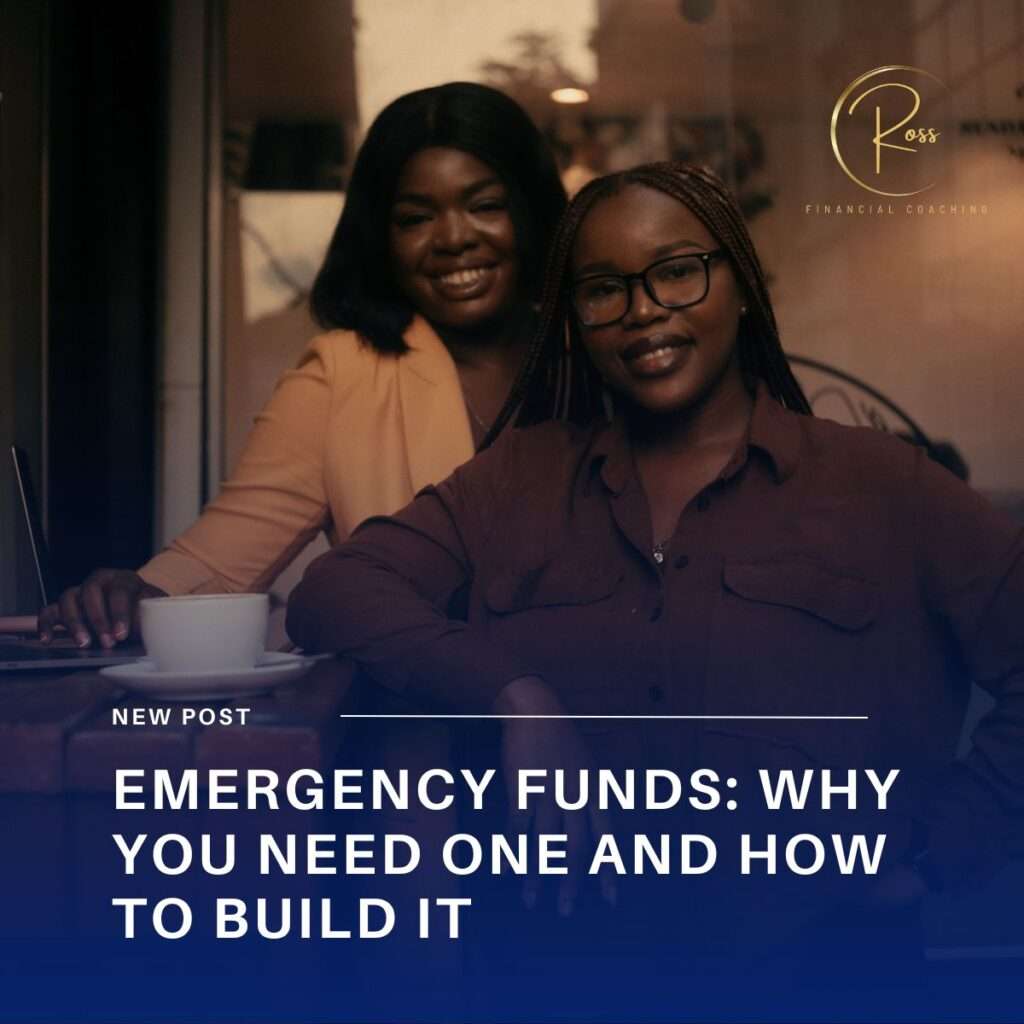
Reading Time: 8 minutes
You know that feeling. The tightness in your chest when you check your account balance. The wave of guilt after making a purchase. The constant internal argument about what you “should” be doing with your money. It’s exhausting, isn’t it? This never-ending battle with your finances. What if I told you that this fight isn’t just unnecessary – it’s actually preventing you from building the financial life you want?
The Financial Battlefield
Most of us have turned money management into a series of battles:
- We fight against our spending impulses
- We struggle with rigid budgeting systems
- We wrestle with financial guilt and shame
- We battle our past money mistakes
And it doesn’t work. Not in the long run. Because when your relationship with money feels like constant combat, nobody wins.
The Real Cost of Financial Combat
This constant financial fight costs you more than just stress:
1. The Decision Fatigue
When every purchase requires a mental battle, you exhaust your decision-making energy. This leads to:
- Impulsive spending to escape the pressure
- Decision paralysis around important financial choices
- Emotional rather than strategic money moves
2. The Restriction-Rebellion Cycle
The more rigidly you restrict your spending:
- The stronger the eventual pushback becomes
- The more likely you are to abandon your plans entirely
- The deeper the guilt when you inevitably “break the rules”
3. The Confidence Drain
Each time you frame a financial slip as a failure:
- Your money confidence erodes further
- Your ability to make clear decisions diminishes
- Your financial anxiety increases


The Peace Treaty: A New Approach
What if managing money wasn’t about control and combat, but about clarity and choice?
This isn’t about throwing out all financial discipline. It’s about creating a relationship with money that builds confidence instead of conflict.
1. Replace Rules with Guidelines
Instead of rigid rules that set you up for failure:
- Create flexible guidelines that adapt to your life
- Focus on your financial priorities rather than restrictions
- Build systems that bend without breaking
Try This: Take one financial rule you’ve been fighting with. Rewrite it as a flexible guideline that supports your goals while allowing for real life.
Example:Old Rule: “No eating out, ever.”New Guideline: “I prioritize home cooking and limit dining out to meaningful social occasions.”
2. Shift from Control to Direction
Rather than trying to control every financial detail:
- Focus on the overall direction of your money
- Track progress in trends rather than perfection
- Make course corrections without judgment
Try This: Look at your last month’s spending without judgment. Instead of focusing on “mistakes,” identify patterns and consider what small adjustments would better align with your priorities.
3. Transform Restriction into Choice
Instead of focusing on what you can’t have:
- Frame financial decisions as active choices
- Align spending with your values
- Create space for both responsibility and joy
Try This: The next time you want to buy something, replace “I can’t afford this” with “Is this where I want my money to go right now?” Notice how different this feels.
Building Your Confidence Toolkit
Financial confidence comes from having the right tools, not from fighting harder. Here are the essentials:
1. The Flexible Framework
Create a money management approach that:
- Accounts for your actual life, not an idealized version
- Includes both structure and flexibility
- Adapts to changing circumstances
- Grows with you over time
Key Components:
- Variable expense categories with reasonable ranges
- Regular check-ins rather than constant monitoring
- Planned space for unexpected costs
- Room for occasional spontaneity
2. The Decision Filter
Develop a simple way to make clear financial choices:
- Does this align with what matters most to me?
- Will this decision support my overall financial health?
- Is this a conscious choice rather than a reaction?
- How will I feel about this tomorrow? Next month? Next year?
3. The Recovery Strategy
Instead of beating yourself up when things don’t go as planned:
- Acknowledge what happened without judgment
- Identify what you can learn from the situation
- Make one small adjustment moving forward
- Return to your framework without punishment

Your First Peace Moves
Ready to end the financial fight? Start here:
1. Identify Your Battlegrounds
Where do you experience the most financial conflict? Common areas include:
- Discretionary spending
- Saving consistency
- Unexpected expenses
- Financial planning activities
Choose one area to focus on first. The goal isn’t to fix everything at once, but to begin creating peace in one area of your financial life.
2. Create Your Confidence Zones
Within that area, establish:
- Clear comfort zones where decisions are automatic
- Consideration zones where you pause for reflection
- Caution zones that require deeper planning
This approach replaces rigid rules with thoughtful guidelines, giving you both structure and flexibility.
3. Practice Peaceful Responses
When financial challenges arise (and they will):
- Pause before reacting
- Remember that adjustments aren’t failures
- Focus on solutions rather than shame
- Take one step to move forward
The Path Forward
Financial peace doesn’t come from perfect control. It comes from building a relationship with money that works with your life instead of against it.
This week:
- Choose one financial battle you’re ready to stop fighting
- Create a flexible approach that feels both responsible and sustainable
- Practice responding to challenges with confidence rather than combat
Remember: The goal isn’t to never have financial concerns. It’s to address those concerns from a place of confidence rather than conflict.
Ready to transform your relationship with money? Let’s explore how to create financial confidence together.


